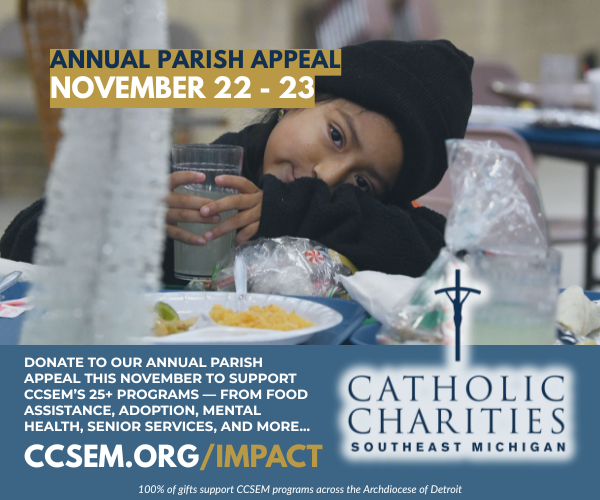“Peace has broken out.” This phrase struck my imagination when I heard it recently in a song celebrating the 1994 ceasefire in Northern Ireland. I usually think of peace as the absence of war, as a static, underlying reality that remains when the forces of disorder die away. “Peace has broken out” suggests a different dynamic: peace itself is an active agent. It can be caged, but it can break out and spread.
On Aug. 14, we remembered St. Maximilian Kolbe. Deported to Auschwitz for expressing openly anti-Nazi sentiments in his immensely popular monthly magazine, Knight of the Immaculata, Kolbe’s life of faithful self-sacrifice as a Franciscan friar bore the ultimate fruit on a day in late July, 1941.
On that day, camp guards chose at random Francis Gajownicek, a Polish soldier with a wife and two children, as one of 10 prisoners to die in reprisal for others’ escape. Hearing Gajownicek pleading to be spared for the sake of his family, Kolbe stepped out of the line of prisoners, an unthinkable act of disobedience, and approached the commandant. “I would like to take his place,” he said. Kolbe’s fellow prisoners braced for brutal retaliation. Instead, the habitually ruthless Nazi seemed stunned. “Who are you?” he asked. “I am a Catholic priest,” Kolbe replied.
Locked in a starvation cell for weeks, the 10 men, who began by screaming and blaspheming, gradually changed under Kolbe’s influence. Guards listened in shock as the dying men prayed and sang hymns. Still alive on Aug. 14, Kolbe was murdered by lethal injection.
In his book, The Saints in My Life, Fr. Benedict Groeschel points out that, in a time of death on a massive scale, Kolbe’s action took place on a tiny scale. He offered his life in the place of just one man’s life. But that act shines brilliantly; it will be remembered for centuries, when the names of all Auschwitz’s guards are long forgotten. “Hate is not a creative force,” Kolbe told one of his fellow prisoners shortly before his death. “Love is a creative force.”
“The gates of Hell,” Christ promised Peter, “shall not prevail” against the Church (Matt. 16:18). I always pictured this as an assurance that, though evil will attack, it will not ultimately conquer. Actually, Christ’s words more likely refer to the active power of good: gates are made to withstand siege. That the gates of Hell will not prevail means that the gates of Hell are under attack by the forces of good — and they shall not withstand that battering ram.
The example of St. Maximilian teaches us that love, peace, goodness and courage are on the move, combating hatred, disorder, evil and fear. By offering just one act of love for one other person, I add my weight to the battering ram of good. “Love is breaking out.”
Witnesses say that, at Kolbe’s words, “I am a Catholic priest,” the Nazi commandant stepped back a few paces, as if struck. “The gates of Hell shall not prevail.”
Sr. Maria Veritas Marks is a member of the Ann Arbor-based Dominican Sisters of Mary, Mother of the Eucharist.










